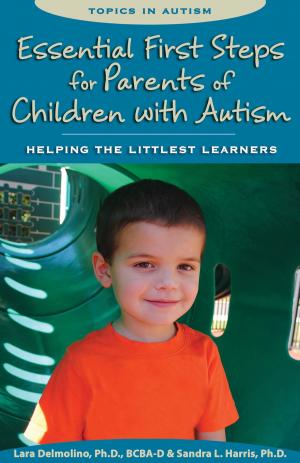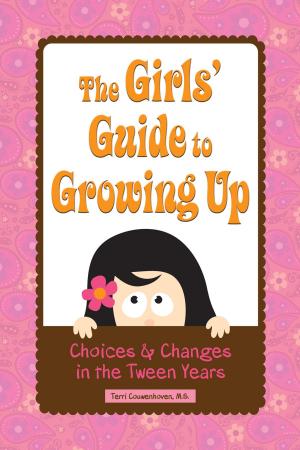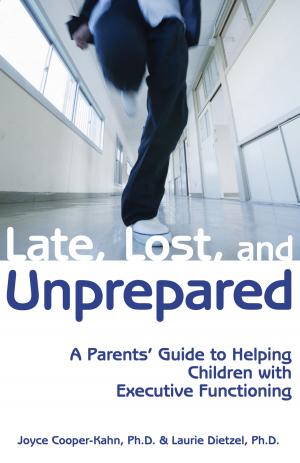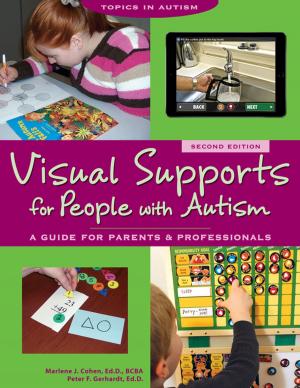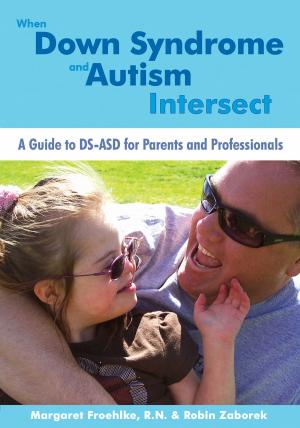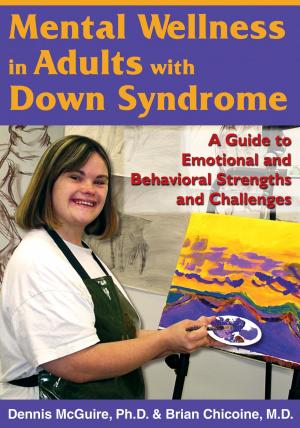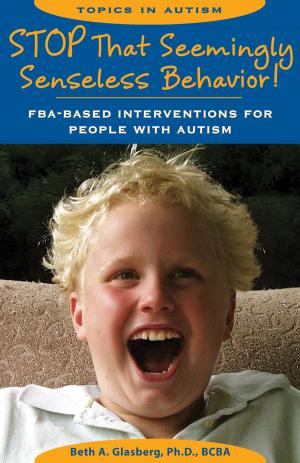Managing Anxiety in People with Autism
A Treatment Guide for Parents, Teachers, and Mental Health Professionals
Nonfiction, Family & Relationships| Author: | Anne M. Chalfant Psy.D. | ISBN: | 9781606131459 |
| Publisher: | Woodbine House | Publication: | December 1, 2012 |
| Imprint: | Woodbine House | Language: | English |
| Author: | Anne M. Chalfant Psy.D. |
| ISBN: | 9781606131459 |
| Publisher: | Woodbine House |
| Publication: | December 1, 2012 |
| Imprint: | Woodbine House |
| Language: | English |
Anxiety is one of the biggest challenges facing people with autism spectrum disorders (ASD) and their families. They can experience anxiety in all areas of their lives--school, family, and social life--and it compounds the difficulties they already may have with communicating, interacting socially, and controlling their emotions. Managing Anxiety in People with Autism is one of the first books to provide practical information about dealing with anxiety in people with ASD. Drawing on her experience diagnosing and treating anxiety in people with ASD at the treatment center she founded in Sydney, Australia, Dr. Chalfant provides clear, understandable explanations of the different types of anxiety disorders, how they affect people across the autism spectrum, and what interventions can help. The book teaches parents: to know how and why their child is prone to anxiety to understand their role in their child's anxious behavior to recognize and respond to anxious behavior appropriately Case studies and research findings help to illustrate the author's points and clarify the causes and symptoms of anxious behavior. Managing Anxiety explains a range of different types of strategies that can help manage and treat anxiety in school, home, and clinical settings and takes into consideration the different roles people play in a child's or adult's life: parent, sibling, teacher, etc. Readers learn about ways to modify behavior and/or the environment to indirectly reduce anxiety, as well as interventions, such as medication or psychotherapy, which deal with symptoms directly. The discussion of more formal interventions--psychotherapy, Cognitive Behavior Therapy (CBT), and medication--show how these methods can target specific anxieties. Because anxiety is generally more common in parents and siblings of a child with ASD, the author also offers ways they too can reduce their symptoms.
Anxiety is one of the biggest challenges facing people with autism spectrum disorders (ASD) and their families. They can experience anxiety in all areas of their lives--school, family, and social life--and it compounds the difficulties they already may have with communicating, interacting socially, and controlling their emotions. Managing Anxiety in People with Autism is one of the first books to provide practical information about dealing with anxiety in people with ASD. Drawing on her experience diagnosing and treating anxiety in people with ASD at the treatment center she founded in Sydney, Australia, Dr. Chalfant provides clear, understandable explanations of the different types of anxiety disorders, how they affect people across the autism spectrum, and what interventions can help. The book teaches parents: to know how and why their child is prone to anxiety to understand their role in their child's anxious behavior to recognize and respond to anxious behavior appropriately Case studies and research findings help to illustrate the author's points and clarify the causes and symptoms of anxious behavior. Managing Anxiety explains a range of different types of strategies that can help manage and treat anxiety in school, home, and clinical settings and takes into consideration the different roles people play in a child's or adult's life: parent, sibling, teacher, etc. Readers learn about ways to modify behavior and/or the environment to indirectly reduce anxiety, as well as interventions, such as medication or psychotherapy, which deal with symptoms directly. The discussion of more formal interventions--psychotherapy, Cognitive Behavior Therapy (CBT), and medication--show how these methods can target specific anxieties. Because anxiety is generally more common in parents and siblings of a child with ASD, the author also offers ways they too can reduce their symptoms.

